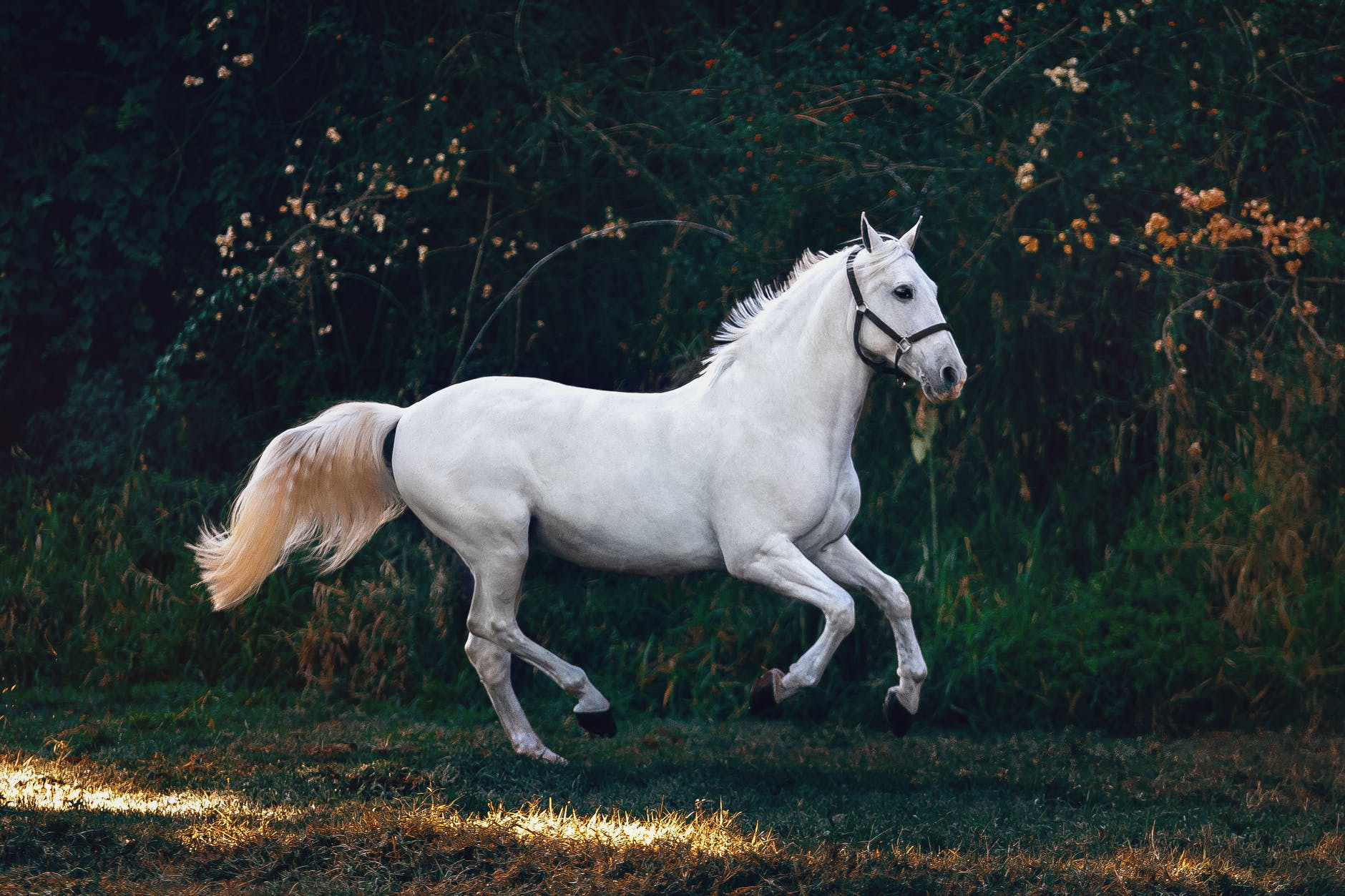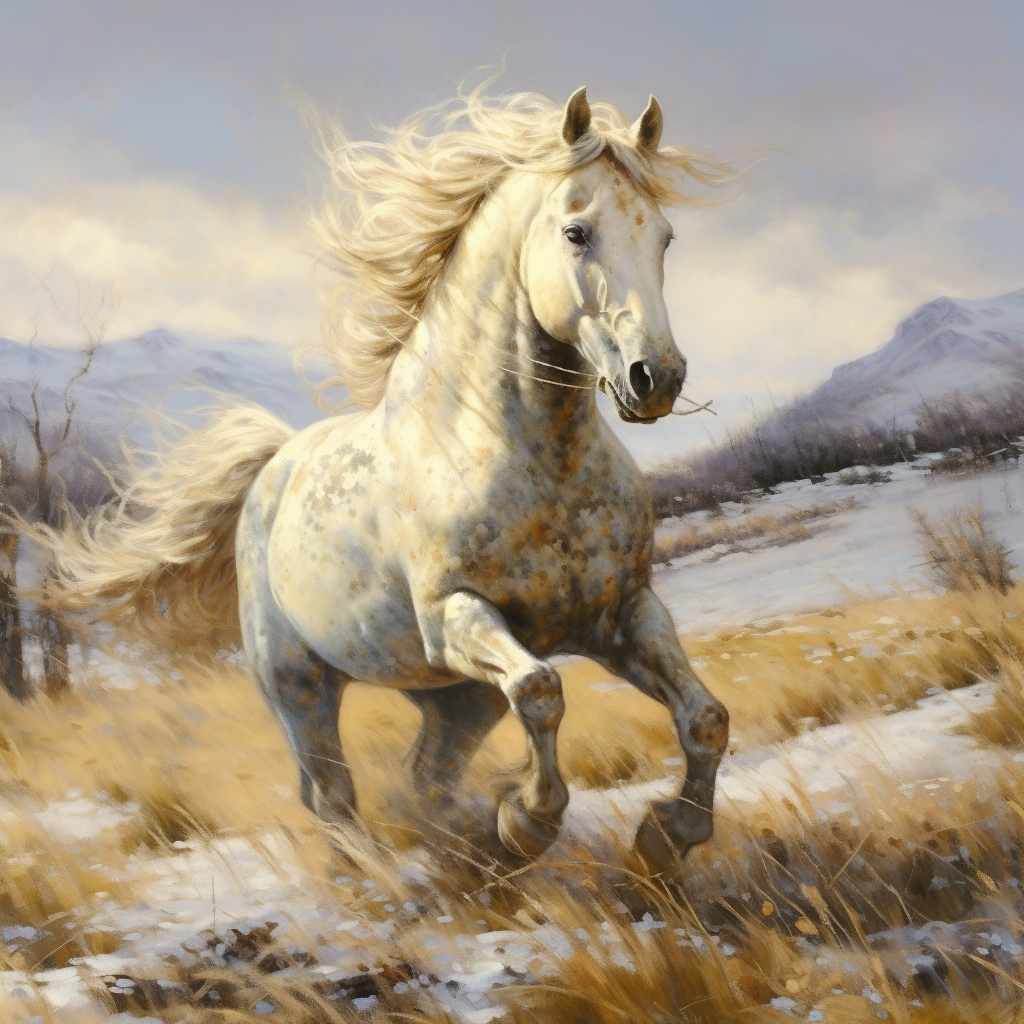horses
In the First Age, there were horse like creatures that the dragons kept as herd animals as a food source. Even in the modern era, dragons are fond of eating horseflesh. Dragons are aware that eating horses annoys their humanoid owners and some dragons rein in their hunger for horseflesh, others enjoy poaching humanoids' livestock. When humanoids try to placate dragons with tribute, the tribute often takes the form of free horses.
It was only in the The Second Age that Korus decided to elevate horses reshaping them into valuable companion animals for the elves and later in the The Third Age, they were valuable companion animals for humans and a variety of other humanoids.
Korus has created a lot of magical beasts based on the body of a horse. Others among the Nine have dipped their toe into the water on that regard. Every one of the Nine has at least a few spirit horses under their purview.
While less extreme than humans, horses can manifest ethnicity from elemental forces. This has led to a lot of selective breeding.
Fiery horses tend to be spirited and have great stamina, but are more willful and harder to train. Their coats and manes tend to be bright colors.
Earthy horses are large and strong but not especially fast. Their coats and manes are usually in earth tones including dusty, roan, brown, black, and sandy.
Watery horses are the cleverest and easiest to train, but they don't have the stamina of other horses and eat and drink more for their weight. They tend to have bluish or greenish coats and manes.
Hybrid horses are the norm. Messengers like to have fiery/airy horses. A lot of work horses are earthy and fiery. Show horses tend to be watery and airy. Most war horses have all four elemental traits to some extent.
Airy horses are the fastest, but they tend to be most skittish and easily spooked. They tend to have white or light grey coats or very faded colors.
Additional Information
Uses, Products & Exploitation
Like in real world medieval Europe, Scarterran horses are primarily referred by their utility and not their breed.
The vast majority of Scarterran horses are draft horses or rounceys. Most warhorses are coarsers or destriers, but it is hardly unheard of for rounceys or palfreys to be trained for war simply because the demand for the warhorses often outstrips the supply of superior horses.
"Draft horses" come in a wide variety of shapes and sizes and provide a wide variety of tasks including but not limited to: pulling plows, pulling wagons, serving as pack animals. They can serve as simple riding horses if the rider is very skilled and forceful or the horse is marching in a line following the horse in front of it.
"Rouncey" refers general all purpose horse, good for riding or pulling loads. Rouceys are the default horse for mid status individuals, but it is not an indignity for high status individual to ride a rouncey.
"Palfreys" are superior riding horses, generally reserved for wealthy or high status individuals. They are often but not always a bit taller and stronger than rounceys. Palfreys are most valued for their smooth gaits, making them relatively easy to ride comfortably long distances.
"Coursers" refers to strong hardy horses, a little bit smaller than destriers but often better at long distances.
"Destriers" are very strong, large horses. Destriers are often spirited and very powerful sprinters.
Geographic Distribution
Related Myths



Comments